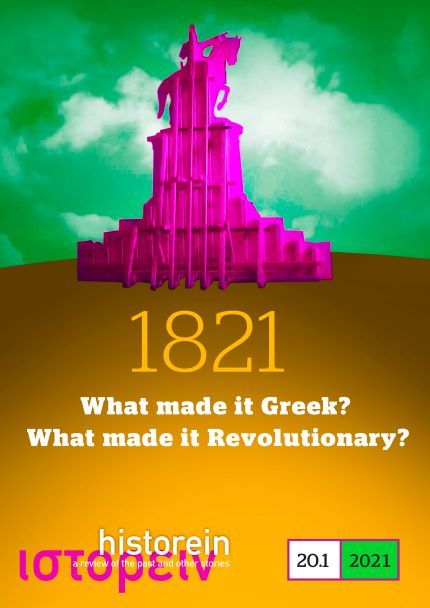The Capture of the Ship Ayios Ioannis Theologos in the Summer of 1825: An Investigation of Limits

Abstract
The Greek Revolution detached a part of the territory of the Ottoman Empire and structured a newly founded state, which rearranged the balance among and the roles of the people and reshaped the boundaries between legal and illegal in international transactions, social relations and financial endeavours. This article describes an incident that took place in 1825 in the Aegean concerning the capture and the plundering of a commercial ship sailing under a Russian flag by raiders from Psara. It explores the boundaries in the actions, function and role of the protagonists of this episode. The following groups are examined as examples of people, groups and statuses: the raiders who operated on the borderline of piracy and privateering (corso); the shipowner, who was at the same time a captain and entrepreneur; the crew of the ship, who were seamen and traders; the Greek local authorities, who maintained a balance between national interest, local interest and self-interest; and the consuls, who were experiencing their twilight before the essential end of the role they enjoyed in the context of the Ottoman Empire.
Article Details
- How to Cite
-
Dimitropoulos, D. (2022). The Capture of the Ship Ayios Ioannis Theologos in the Summer of 1825: An Investigation of Limits. Historein, 20(1). https://doi.org/10.12681/historein.24668
- Section
- I. THE CONSOLIDATION OF REVOLUTIONARY GREECE

This work is licensed under a Creative Commons Attribution-NonCommercial-ShareAlike 4.0 International License.
The copyright for articles in this journal is retained by the author(s), with first publication rights granted to the journal. By virtue of their appearance in this open access journal, articles are free to use (with the exception of the non-granted right to make derivative works) with proper attribution for non-commercial uses (licence Creative Commons 4.0). EKT/NHRF retains the worldwide right to reproduce, display, distribute, and use articles published in Historein in all formats and media, either separately or as part of collective works for the full term of copyright. This includes but is not limited to the right to publish articles in an issue of the Journal, copy and distribute individual reprints of the articles, authorize reproduction of articles in their entirety in another EKT/NHRF publication, and authorize reproduction and distribution of articles or abstracts thereof by means of computerized retrieval systems.

